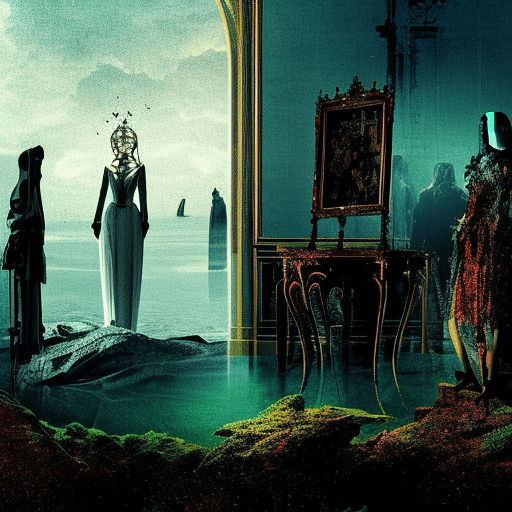One-line Summary:
The Misanthrope is a comedic play by Molière that satirizes the hypocrisy and social conventions of 17th-century French society.
Introduction:
The Misanthrope, written by French playwright Molière in 1666, is a comedic play that explores the themes of love, honesty, and social hypocrisy. Set in the high society of 17th-century France, the play follows the story of Alceste, a principled man who despises the insincerity and artificiality of the people around him. Through witty dialogue and clever satire, Molière presents a scathing critique of the social conventions and double standards prevalent in his time.
The Hypocrisy of Society:
In The Misanthrope, Molière exposes the hypocrisy of French society through the actions and conversations of its characters. Alceste, the protagonist, is a misanthrope who values honesty above all else. He is disgusted by the superficiality and deceitfulness of the people around him, particularly in matters of love and friendship. However, as the play progresses, Alceste’s own flaws and contradictions are revealed, highlighting the difficulty of maintaining absolute honesty in a world governed by social expectations.
Alceste’s love interest, Célimène, embodies the very qualities he despises. She is a coquettish young woman who thrives on attention and flattery. Célimène’s salon serves as a microcosm of society, where gossip, backstabbing, and false compliments are the norm. Molière uses Célimène’s character to criticize the shallowness and artificiality of the upper class, exposing their lack of genuine relationships and their obsession with appearances.
The Conflict of Love and Honesty:
The Misanthrope explores the tension between love and honesty, as Alceste struggles to reconcile his principles with his feelings for Célimène. Despite his disdain for the social games played by others, he finds himself drawn to her charm and beauty. Alceste’s internal conflict is further complicated by the presence of other suitors vying for Célimène’s attention, leading to jealousy and betrayal.
Alceste’s friend Philinte represents the opposite perspective, advocating for compromise and acceptance of societal norms. Philinte believes that honesty should be tempered with tact and diplomacy, recognizing the importance of maintaining harmonious relationships. Through the contrasting viewpoints of Alceste and Philinte, Molière explores the complexities of human nature and the challenges of living in a world that often demands compromise.
The Power of Satire:
Molière’s use of satire in The Misanthrope is both witty and biting. Through clever wordplay and humorous situations, he exposes the follies and vices of his characters, highlighting the absurdity of their actions. The play serves as a mirror, reflecting the flaws and contradictions of society, and inviting the audience to reflect on their own behavior.
Key takeaways from The Misanthrope include:
- The play satirizes the hypocrisy and social conventions of 17th-century French society.
- Molière critiques the superficiality and deceitfulness of the upper class through his characters.
- The tension between love and honesty is explored through the protagonist’s internal conflict.
- Satire is used as a powerful tool to expose the flaws and vices of society.
“I must admit, I have a weakness for honest men.” – Alceste
In conclusion, The Misanthrope is a timeless comedic play that delves into the themes of love, honesty, and social hypocrisy. Molière’s sharp wit and satire provide a scathing critique of the conventions and double standards prevalent in 17th-century French society. Through the character of Alceste, the audience is challenged to examine their own values and the compromises they make in the pursuit of love and social acceptance.












